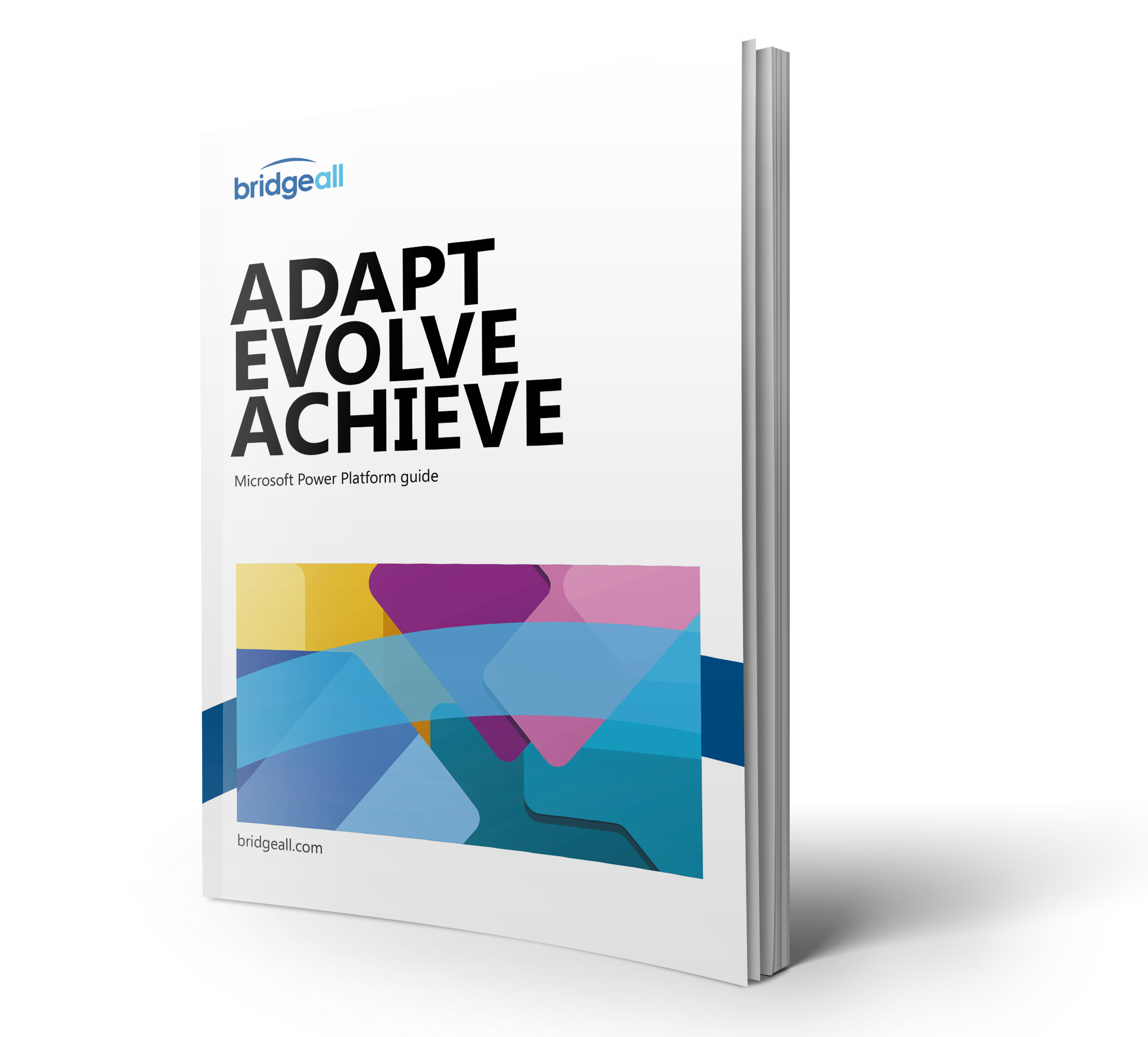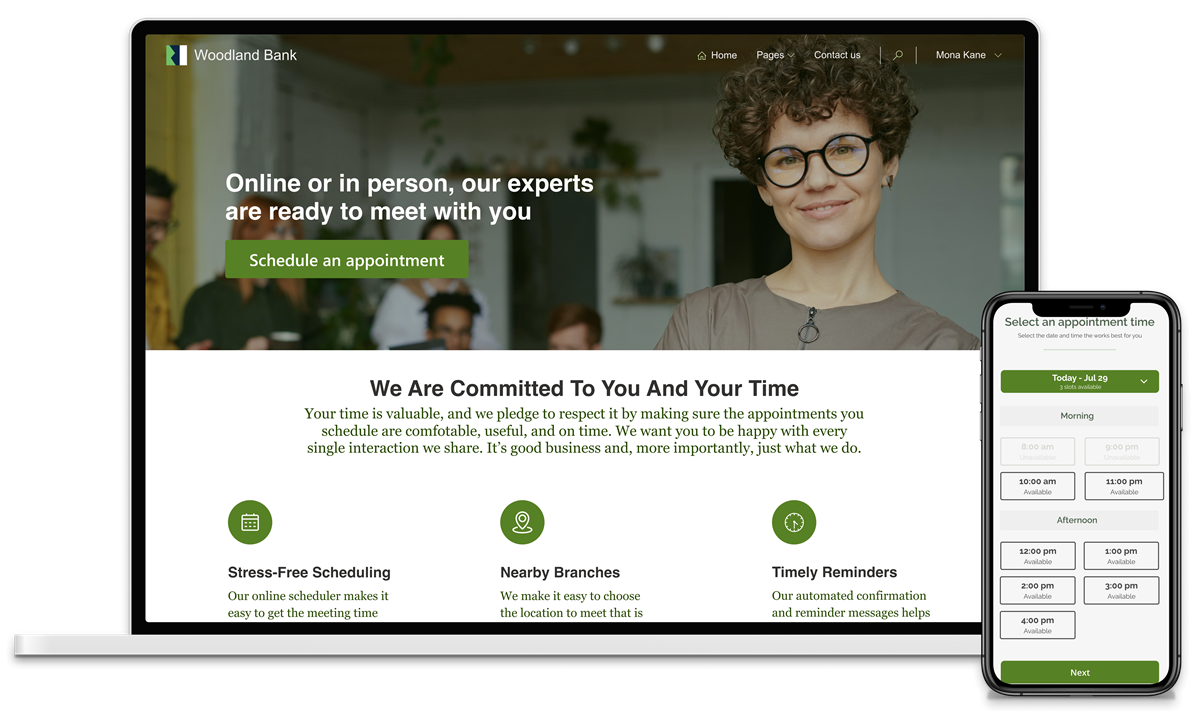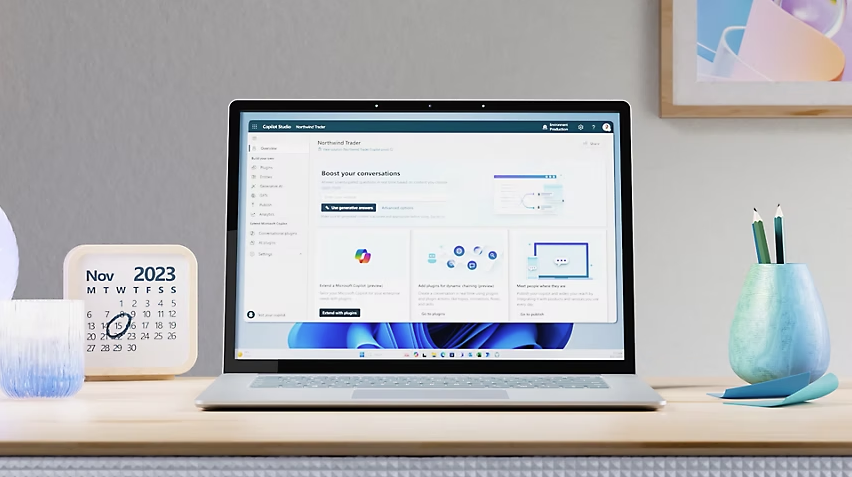‘Planning Pays’
This is the first in a series of short blog posts providing best-practice advice on leveraging the full potential of Power Apps and the Microsoft Power Platform for accelerating your organisation’s journey to becoming a Modern Intelligent Workplace.
The series will provide advice covering each stage of the process from knowing your starting point to successful implementation:

Power Apps and Power Platform
To ensure business resilience, competitiveness and growth in an increasingly volatile and uncertain world, organisations need to empower their frontline staff with the right technology and software to perform daily tasks efficiently and effectively, delivering innovative solutions that enable rapid, continuous, integrated and scalable business process improvement including the automation of mundane repetitive tasks.
Made generally available in October 2019, following a two-year public preview, Microsoft Power Platform delivers scalable solutions and high ROI, fast and at low costs. The Platform delivers low-code, low-cost solutions ‘changing the way things are done around here’.
Used effectively, Microsoft Power Platform (Power Apps, Power Automate, Power BI, Power Virtual Agents) allows your organisation to build sophisticated applications quickly and easily taking productivity to new levels at significantly reduced costs.
The key term here is ‘used effectively’.
With Gartner predicting that low-code application development will account for more than 65% of all app development activity by 2024, it is time for your organisation to embed Power Platform at the core of your Modern Intelligent Workplace strategy.

Source: Microsoft: Power Apps and Power Platform
- PowerApps – for building customised business apps in weeks rather than months; connecting data and work across mobile and the web.
- Power Automate – for embedding powerful workflow automation directly into apps.
- Power BI – for unifying data from multiple sources; delivering actionable insight and business improvement through interactive personalised dashboards and reports.
- Power Virtual Agents – for responding rapidly to your customer and employee needs, at scale, using intelligent chatbots.
Know Your Starting Point
Prior to developing a Power Apps project, it is useful to take a quick step back, evaluating your starting point:
- Ensure that your senior management team understand the full potential of Power Apps and the Power Platform for your organisation; what it can do; potential business benefits and expected ROI. Reimagine how PowerApps/Power Platform could take productivity and operational efficiency to new levels by modernising and automating key business processes quickly, easily and at significantly reduced costs.
- Identify key trends in the external business environment introducing a degree of urgency to your organisation’s investment in Power Apps. Summarise the opportunities and threats facing your organisation in a post-Brexit, COVID-19, uncertain and digital world. How will Power Apps and Power Platform help your organisation exploit opportunities and defend against threats?
- Your response to the above questions will help to build the business case for investing in Power Apps/Power Platform, communicating business benefits to and winning approval from senior decision-makers. Key issues to consider would include the need for business resilience in an era of great uncertainty; the growing empowerment and expectations of constantly connected customers; staff demands for remote, more flexible, agile working; access to data; automation; costs; efficiency; productivity; and competitiveness.
- At a top level, summarise the major productivity busters, bottlenecks and frustrations within your organisation covering key business processes, use of data, communications, collaboration, mobile working and so on. This will help to identify the broad range of opportunities for streamlining and automating processes and systems using Power Apps/Power Platform. Consider the potential across all value-chain activities including Operations, Supply Chain Integration, Customer Engagement, Sales & Marketing, Human Resource Management, Workforce Collaboration as appropriate. Identify potential use cases reducing, or eliminating, repetitive manual tasks, enhancing access to and integrating of data across silos.
Microsoft has provided the following list showing the kinds of issues that can be solved by Power Platform:
Availability – Accessing apps anytime, anywhere.
Mobility – Allowing people to work with an app while on the move.
Consolidation – Gathering data in a more automated way to minimize manual consolidation.
Training – Getting people up to speed and tracking their training results and certifications.
Democratization – Enhancing the ability to self-solve problems within the department or section.
Inclusion – Reducing friction for employees who have different work environments from other employees (such as remote workers or people with disabilities).
Efficiency – Reducing time required to get the desired outcome, reducing unnecessary steps.
Productivity – Increasing the throughput of a process.
Timeliness – Increasing the speed of end-to-end collaboration among different stakeholders.
Scalability – Allowing more throughput.
Analysis – Gathering required additional information, storing it in such a way that allows for easier analysis.
Reporting – Enabling faster or more complete reporting to management.
Security – Securely storing and working with data.
Compliance – Solving issues around handling personal information, meeting legal or accounting requirements.
Sustainability – Reducing waste (such as paper and electricity) and pollution.
- Future articles in this series will focus on the underlying technology and processes involved in a successful Power Apps/Power Platform implementation. It is important to remember, however, that Power Apps/Power Platform developments will normally result in new ways of working, ‘changing the way we do things around here’. It is important, at this early stage, that a roadmap is put in place for dealing with non-technology barriers to change – organisation, people and culture related.
- Finally, agree your team and governance structure. Successful Power Apps/Power Platform implementations are best achieved through small, agile, cross-functional teams working together on tightly focused quick win projects (months not years) utilising lean and agile methodologies. An agreed governance structure should be put in place to avoid a proliferation of uncoordinated initiatives across silos.
Post 2 in this series will cover prioritising projects and building the business case.
Please do not hesitate to contact our Power Apps/Power Platform team if you would like to discuss your organisation’s Power Apps requirements.
Better still, why not register an interest in joining our ‘Power Apps: Art of the Possible’ initiative working with our expert team to develop a free prototype demonstrating how Power Apps can help to streamline and automate an agreed business process in your organisation.
You can find more information here – ‘Power Apps: The Art of the Possible’. You can also learn more about the Power Platform with our complete guide below.




